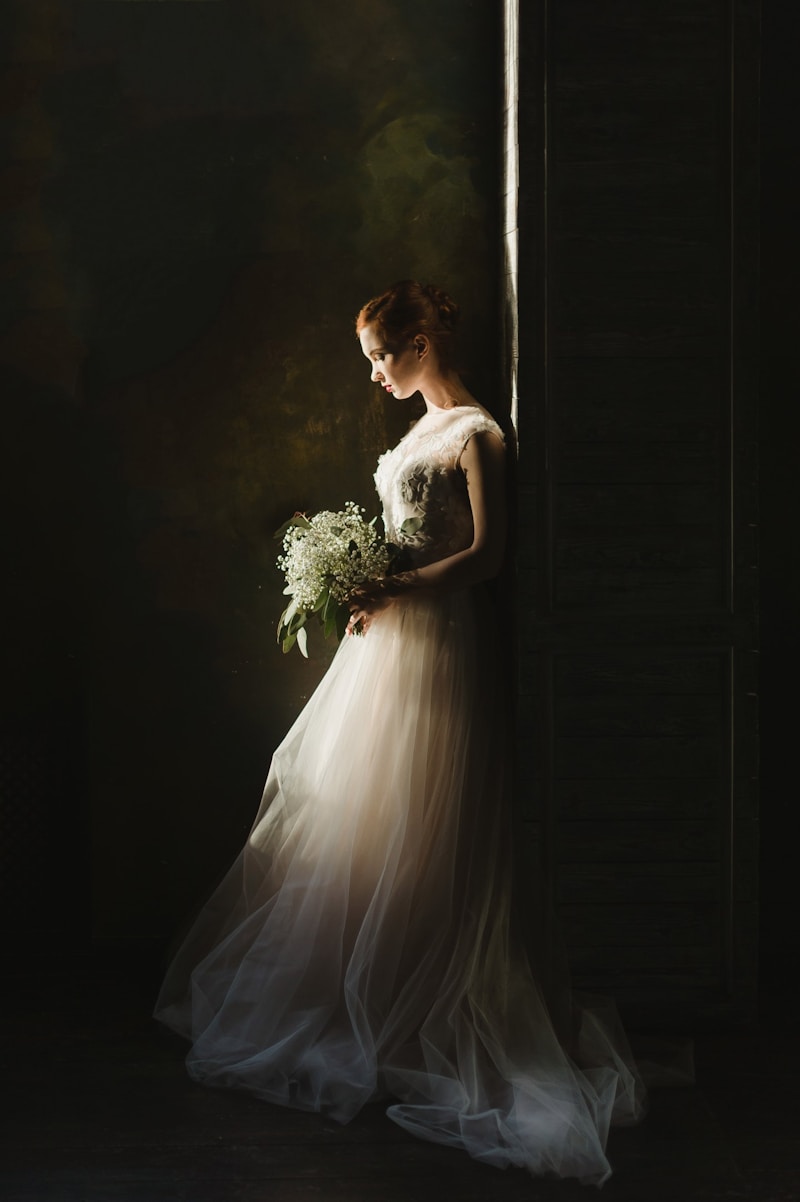Cultural Influences on Wedding Dress Styles: A Global Perspective
Understanding the Cultural Influences on Wedding Dress Styles
When it comes to weddings, the wedding dress is often the centerpiece of the celebration. It reflects the personal style of the bride, but it is also deeply rooted in cultural traditions and influences. Throughout history, wedding dress styles have varied significantly across different cultures, each carrying its own significance and symbolism. In this article, we will explore how various cultures around the world influence wedding dress styles, examining the elements that shape these beautiful garments.
The Importance of Cultural Context
Wedding dresses are not crafted in a vacuum; they are products of cultural history, societal norms, and aesthetic preferences. Several factors, including religion, geography, and historical events, play a crucial role in shaping the styles of wedding dresses across cultures. By understanding these influences, we can appreciate the diversity of wedding attire worldwide.
Factors Influencing Wedding Dress Styles
| Factor | Description |
| Religious Beliefs | Different religions have specific guidelines regarding wedding attire, often dictating modesty and symbolism. |
| Regional Traditions | Geographical locations contribute to the materials and designs available for wedding dresses. |
| Cultural Heritage | Historical influences and unique cultural narratives shape the aesthetics of wedding dresses. |
| Fashion Trends | Modern trends can influence traditional styles, leading to innovative designs that blend cultures. |
| Societal Norms | The role of women in society can impact expectations for wedding attire. |
Exploring Global Wedding Dress Styles
Now, let’s take a closer look at some of the dominant cultural influences on wedding dress styles in various parts of the world.
1. Western Wedding Dresses
In Western cultures, the traditional white wedding dress became popular in the 19th century thanks to Queen Victoria of England. Today, most Western brides opt for white, ivory, or even pastel shades. While the silhouette has evolved over time, common styles include A-line, ball gown, and sheath dresses. Brides often pair their gowns with veils, pearl necklaces, and bouquets of white flowers, symbolizing purity and new beginnings.
2. Indian Wedding Dresses
In India, wedding attire varies significantly between regions, but bridal sarees and lehengas are among the most admired choices. Typically, these garments are richly decorated with intricate embroidery and vibrant colors, reflecting the bride’s family background and social status. For example, Punjabi brides often wear red and gold lehengas, while South Indian brides might choose a silk saree in shades of green or yellow. 
3. Chinese Wedding Dresses
Chinese brides traditionally wear a "qipao" or "cheongsam," which is a form-fitting dress made from silk and beautifully embroidered. The color red is predominant, symbolizing luck, prosperity, and happiness. Often, brides will also don a more elaborate traditional outfit for the tea ceremony, further showcasing their cultural heritage.
4. African Wedding Attire
Africa is a continent rich in cultural diversity, and wedding attire is no exception. In many African cultures, the bride wears brightly colored dresses adorned with beads and traditional prints. For instance, the Kente cloth worn by Ghanaian brides carries significant historical and cultural meaning, and designs of the garments can signify various attributes of the couple. Traditional rituals often accompany the dresses, further enhancing the significance of the attire.
5. Middle Eastern Wedding Dresses
In Middle Eastern cultures, wedding dresses can vary widely between countries. Brides from some regions prefer luxurious gowns with intricate detailing, often in rich colors. For instance, in Lebanon, brides may wear multiple gowns during their wedding festivities, each representing different cultural influences. Traditional jewelry and henna designs are also integral parts of the bridal look, symbolizing beauty and prosperity.
Modern Trends & Cultural Blending
The advent of globalization has also led to a blending of cultures in wedding attire. Many brides now seek to combine elements from various traditions to create a unique look that represents their heritage. For example, some Western brides may incorporate traditional Indian attire into their wedding, opting for an embellished lehenga for the ceremony and a contemporary white gown for the reception. This fusion showcases the harmony between different cultural influences in modern weddings.
Frequently Asked Questions
What are some common materials used in wedding dresses across different cultures?
The materials used vary greatly depending on the culture. Common fabrics include silk, satin, lace, chiffon, and cotton. Indian brides might wear heavy silk, while Western brides often choose lighter fabrics like tulle or lace for comfort.
How do wedding dress styles differ among cultures?
Wedding dress styles differ primarily due to cultural traditions, beliefs, and geographical factors. Elements such as color, fabric, silhouette, and decoration all vary, reflecting the values and aesthetics specific to each culture.
Can cultural influences change the perception of wedding dresses?
Absolutely. As cultures evolve and merge, the perception of traditional wedding dresses also shifts. Modern couples may choose to express their identities through their attire, leading to new interpretations of what wedding dresses should represent.
Conclusion
The cultural influences on wedding dress styles paint a rich tapestry of history, tradition, and personal expression. From the elaborate embroidery of a traditional Indian lehenga to the simplicity of a Western white gown, each dress tells a story that intertwines personal and cultural identity. As the world becomes increasingly interconnected, these influences continue to evolve, creating opportunities for brides to celebrate their heritage while also embracing innovation. When selecting a wedding dress, it is essential to consider how cultural influences resonate with your personal style, ensuring you choose an attire that not only looks beautiful but also holds deep meaning for you.
As you plan your wedding, take time to explore the diverse world of wedding dress styles. Understanding the cultural implications can enrich your experience and help you select a dress that symbolizes not only your love story but also honors the traditions that have influenced weddings for centuries. Happy planning!